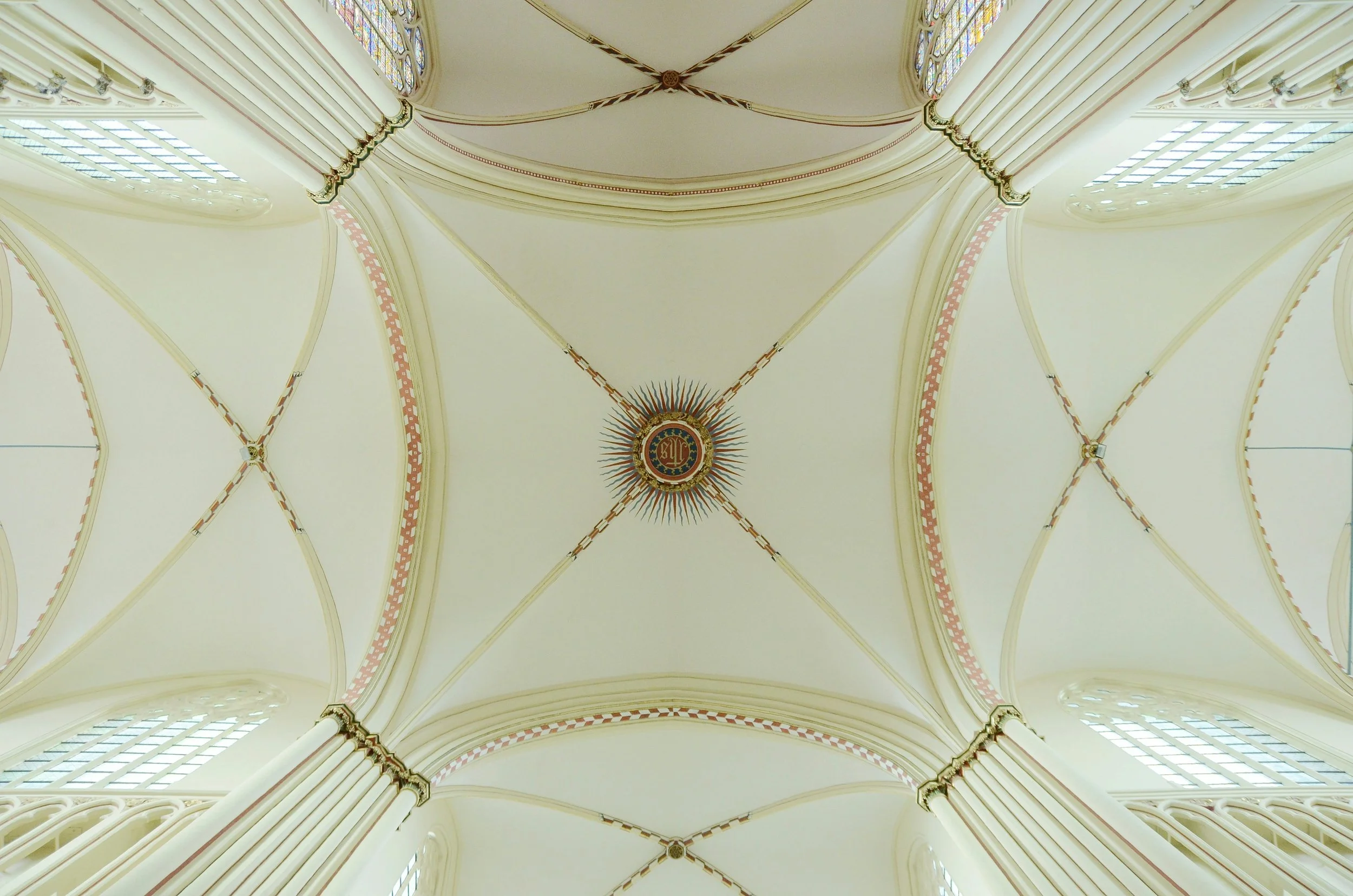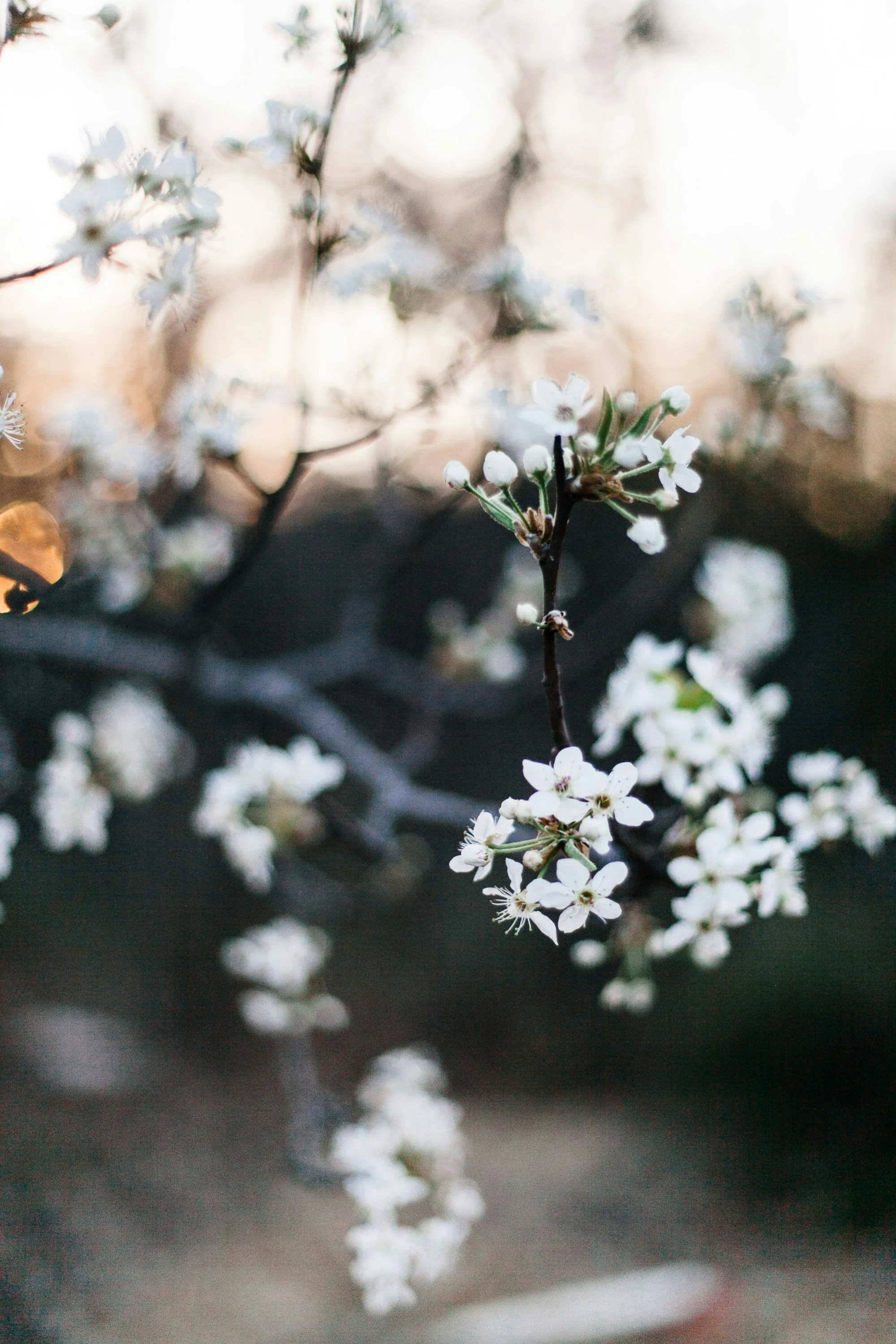A 7-Day Challenge to Improve Your Composition Skills
Composition is one of the most important aspects of photography. It dictates how elements are arranged within a frame and determines the visual impact of an image. A well-composed photo can tell a story, create emotion, and draw the viewer’s eye exactly where you want it.
If you’re looking to refine your composition skills, this 7-day challenge is designed to help! Each day, you’ll focus on a specific technique, giving you time to practice and build confidence. By the end of the week, you’ll see a noticeable improvement in your photography.
Let’s get started!
Day 1: Master the Rule of Thirds
The rule of thirds is one of the first composition techniques every photographer learns. Imagine dividing your frame into nine equal sections using two vertical and two horizontal lines. Instead of placing your subject in the center, position them along these lines or at their intersections for a more dynamic and visually pleasing composition.
The rule of thirds. The Winter Dream, MKCPHOTOCREATIONS
Tips:
Use the grid feature on your camera or phone to help align your subject.
Place key elements—such as a person’s eyes, the horizon, or a point of interest—on one of the four intersections.
For landscapes, position the horizon on either the top or bottom third, rather than in the center.
Challenge: Take five photos today using the rule of thirds. Try different subjects—portraits, landscapes, or still life—and notice how it changes the composition.
Day 2: Experiment with Leading Lines
Leading lines are a great way to guide the viewer’s eye through an image. They create depth, add movement, and make a composition more engaging. Roads, fences, staircases, bridges, and even natural elements like rivers and tree branches can serve as strong leading lines.
Source: unsplash
Tips:
Look for lines that naturally draw attention to your subject.
Experiment with different angles—sometimes a lower or higher perspective can make lines more prominent.
Curved lines can create a sense of flow, while straight lines add structure and direction.
Challenge: Capture at least three images that use leading lines effectively. Notice how they influence the viewer’s focus within the frame.
Day 3: Play with Framing
Framing is a technique where you use surrounding elements to enclose your subject, creating a “frame within a frame.” This draws attention to the focal point and adds depth to your image. You can use anything as a frame—archways, windows, tree branches, hands, or even shadows.
Source: unsplash
Tips:
Position your subject inside a natural or man-made frame to make them stand out.
Try shooting through objects (like a fence or a doorway) to add layers to your composition.
Experiment with both sharp and blurred frames—sometimes an out-of-focus foreground can add mystery and softness to the image.
Challenge: Find at least three different ways to frame your subject and take creative photos using this technique.
Day 4: Simplify with Negative Space
Negative space refers to the empty areas in your image that surround the subject. Instead of filling the frame with distractions, negative space helps isolate the subject, creating a clean, minimalistic, and impactful composition.
Tips:
Use a simple background (a plain wall, the sky, or an uncluttered field) to highlight your subject.
Don’t be afraid to leave large empty areas—sometimes, the emptiness is what makes an image powerful.
Experiment with different compositions to see how much negative space is needed for balance.
Challenge: Capture an image where negative space enhances the subject. Experiment with minimal backgrounds and open spaces to create a striking composition.
Source: unsplash
Day 5: Look for Symmetry and Patterns
Source: unsplash
Symmetry and patterns are visually pleasing because they create order and repetition. You can find symmetry in architecture, reflections, nature, and even everyday objects. Patterns—such as repeating shapes, textures, or colours—can add rhythm to your composition.
Tips:
Use reflections (in water, mirrors, or glass) to create perfect symmetry.
Break the symmetry by placing a subject slightly off-center to add interest.
Fill the frame with a repeating pattern, such as tiles, fences, or shadows, for a bold and eye-catching effect.
Challenge: Seek out symmetrical compositions or interesting patterns and photograph them creatively.
Day 6: Use Depth and Layers
A flat image can feel lifeless, but adding depth makes a composition more engaging. You can create depth by including foreground, middle ground, and background elements in your frame. This technique is especially useful for landscape photography but can be applied to portraits and street photography as well.
Tips:
Place an object in the foreground to create a sense of scale.
Use leading lines to guide the viewer’s eye through the different layers of the image.
Experiment with different apertures—using a wide aperture (low f-stop) can blur the background, while a narrow aperture (high f-stop) keeps everything sharp.
Challenge: Take a photo that has at least three layers of depth. Look for ways to naturally frame your subject while adding dimension to your shot.
Source: unsplash
Day 7: Break the Rules
Now that you’ve practiced essential composition techniques, it’s time to break them! Some of the most striking images come from bending traditional guidelines to create something unique. Trust your instincts, think outside the box, and experiment with new perspectives.
Tips:
Try extreme close-ups or unusual angles for a fresh take on a familiar subject.
Ignore the rule of thirds and place your subject dead center for dramatic impact.
Play with motion blur, overexposure, or unconventional framing to create a sense of mystery or emotion.
Challenge: Take photos that deliberately break composition rules but still create impact. Tilt angles, off-center subjects, or extreme close-ups—push your creativity!
Final Thoughts
Composition is more than just a set of rules—it’s an art form that evolves with practice. By completing this 7-day challenge, you’ll become more intentional with your framing, leading to stronger and more captivating images. Keep challenging yourself, experiment fearlessly, and most importantly—have fun!
What was your favorite composition technique from this challenge? Share your thoughts and experiences in the comments below!





